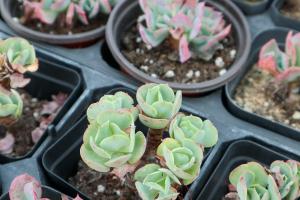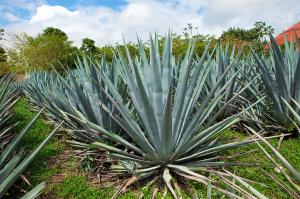Introduction
Plant pots are essential items in any garden, allowing you to display your favorite flowers or herbs on your patio, deck, or balcony. Buying a pot can be expensive, but making your own plant pot can be an enjoyable and rewarding experience. With the right materials and a bit of creativity, creating a plant pot can be a fun project that provides a perfect home for your plants.
Materials
To make a plant pot, you will need the following materials:
Clay
A potter's wheel (optional)
Water
A sponge
A knife or clay tools
A kiln (optional)
Steps to Make a Plant Pot
1. Start by preparing your clay. If you are using a potter's wheel, you will need to wet it with water before starting. If you are using hand-building techniques, knead the clay to soften it and remove any air pockets.
2. Shape your clay into your desired pot shape. Use a sponge to smooth out any rough edges or bumps. You can also use a knife or clay tools to add texture or patterns.
3. If you are using a potter's wheel, place your clay on the wheel and shape it by gently turning the wheel while applying pressure. Cut the pot off the wheel once you're happy with the shape.
4. Let your pot dry for a few days until it reaches a bone-dry stage. If you wish to add color or glaze to your pot, this is the time to do it.
5. Fire your pot in a kiln. Follow the manufacturer's instructions on your specific clay and kiln model.
6. Once your pot has cooled, it's ready to be used for your favorite plants!
Alternative Techniques
If you don't have access to a potter's wheel or kiln, don't worry! There are alternative techniques to make a plant pot.
1. Use air-dry clay. This type of clay doesn't require a kiln and can dry in just a few days. Follow the manufacturer's instructions for the specific brand.
2. Use recycled materials. You can use materials such as old tires, wine bottles, or empty coffee cans to create unique and eco-friendly plant pots.
3. Use cement. Cement is a durable and long-lasting material that can be easily molded into various shapes. Mix cement with sand and water, then pour the mixture into a mold. Once it dries, remove the mold and your plant pot is ready to be used.
Conclusion
Making your own plant pot can be an exciting and rewarding experience. Not only does it save money, but it also allows you to create a unique and personalized home for your plants. With the right materials and techniques, you can create a beautiful and functional plant pot that will add a touch of nature to your home.

 how many times do yo...
how many times do yo... how many planted tre...
how many planted tre... how many pine trees ...
how many pine trees ... how many pecan trees...
how many pecan trees... how many plants comp...
how many plants comp... how many plants can ...
how many plants can ... how many plants and ...
how many plants and ... how many pepper plan...
how many pepper plan...

































